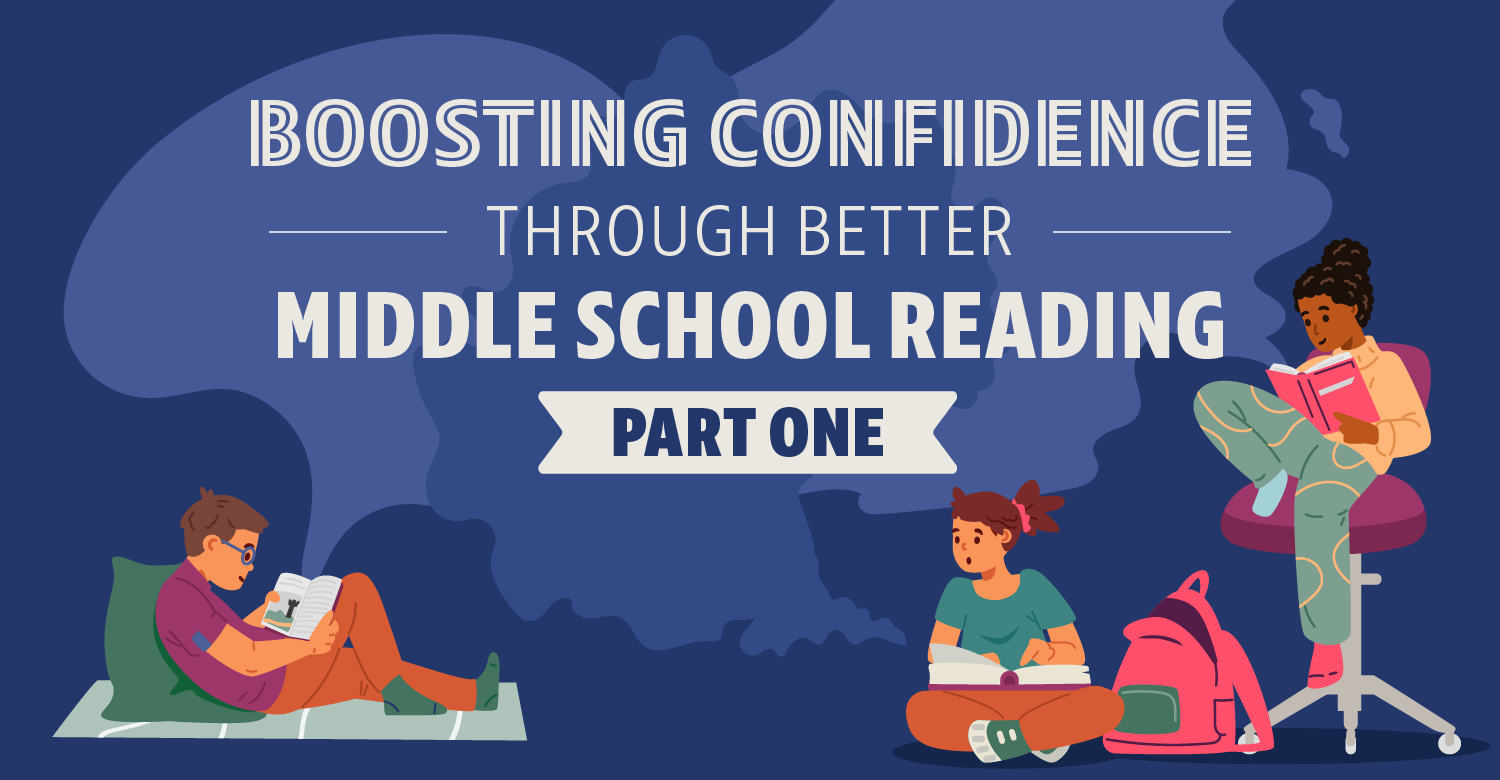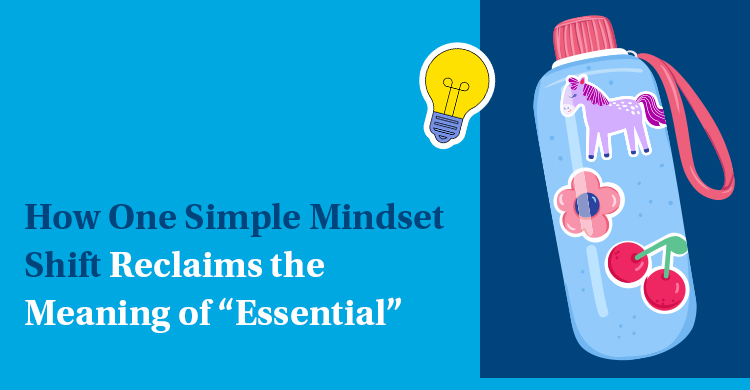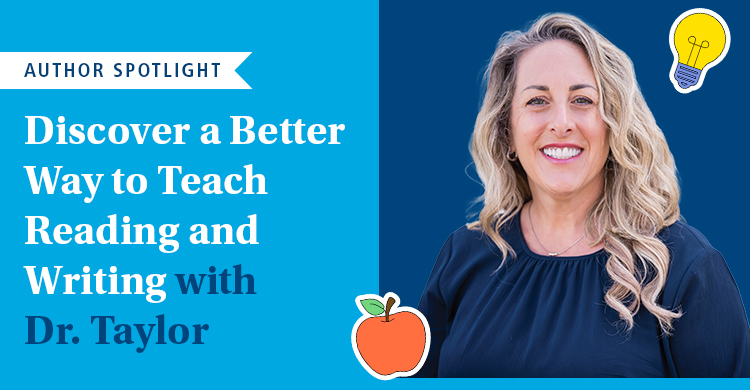How should we address the urgent gap in middle school reading?
Meet Charlie, an eighth-grade student at the Middle School of Piedmont in Oklahoma. Charlie is part of the innovative new Reading Success class, created to address the school’s growing literacy concerns. Reflecting on his difficult reading history, Charlie admits, “I was just looking at the words.” For him, reading started well in the early grades, but by fifth grade, his interest and ability to keep up took a nosedive. Sixth grade offered a glimmer of hope, but seventh grade was tougher, and no additional help was provided. He just assumed he would never be a good reader.
Like Charlie, many middle school students face a grim reality: Their literacy skills plateau, and the gaps widen. Charlie’s experience isn’t unique. Across the United States, literacy challenges in middle schools are a growing concern. According to the National Assessment of Educational Progress (NAEP), in 2022, only 30% of eighth graders nationwide scored at or above proficient levels in reading. Even more alarming, roughly 27% of 8th graders scored below the basic level, indicating they struggle with foundational skills like fluency and comprehension. These numbers highlight a systemic issue: Too many middle schoolers are falling through the cracks.

At Piedmont, the numbers painted a similarly stark picture. Out of 750 seventh and eighth graders, over 100 were reading significantly below grade level.
These students weren’t struggling with understanding Shakespeare—they were still grappling with basic phonics, fluency, and vocabulary. The school was faced with a question that many middle schools around the country are familiar with: How do we support students who can’t read while managing the packed schedules and content demands of middle school?
Here’s how to help those struggling with middle school reading
Our breakthrough came during an informal 7 a.m. meeting among district administrators in April of 2024. Over coffee, the discussions turned to literacy and the uphill battle of addressing foundational reading gaps at the secondary level. The question wasn’t just about acknowledging the issue but about creating meaningful solutions to integrate additional time and support.
The administrators quickly realized that if middle schoolers like Charlie were to succeed, literacy had to become everyone’s responsibility. This meant shifting the focus away from just exposing students to traditional middle school literary texts—most of which the struggling readers couldn’t access—and toward developing a systematic plan for teaching them how to read.
Preliminary data shows that their plan is working: one third of students involved have now closed the gap of being one or more years behind—in just one semester!
The role of professional learning communities in middle school literacy
One of the foundational questions in a professional learning community (PLC) is: What do we want our students to know and be able to do? When it comes to literacy, the answer is clear—we want students to be able to read on grade level. This ability becomes increasingly critical as students progress into middle and high school, where reading independently across all subjects is essential for academic success and for life.
Yet, addressing significant reading gaps in middle school is particularly challenging. Teachers at this level are trained in subject-specific content—not in diagnosing and remediating foundational literacy issues.
But with the help of the PLC process, the team at Piedmont began developing strategies to address their literacy challenge head-on. To support Charlie and students with similar needs, they implemented two key steps: adopting a tiered support approach to middle school reading gaps and using the PAWS process.
Step 1: Create a tiered support system for literacy, providing additional time and support
The biggest challenge at Piedmont was finding time for interventions in an already packed school schedule. To solve this, the school adopted a tiered support approach:
- Tier 1: Grade-level classroom instruction for all students
- Tier 2: Reinvented advisory time, i.e., PAWS (Positive Attitude + Work = Success)
- Tier 3: Reading Success class—a unique approach to reading success
Tier 2: Reimagine advisory time with the PAWS process
Advisory time is a common practice in middle and high schools, often used for non-academic purposes. However, at Piedmont, traditional advisory time has been reimagined as PAWS (Positive Attitude + Work = Success) time to enhance student outcomes. This innovative approach focuses on providing timely, targeted interventions and ensuring ongoing mastery of essential standards. It is driven by a collaborative, data-informed process designed to meet the specific needs of students. The process includes:
Prioritizing essential standards
- Teams identify the most critical skills and concepts students need to master for success.
- These standards guide the focus of intervention sessions.
Reviewing Data
- PLC teams analyze results from the most recent common formative assessments (CFAs).
- This ensures that decisions are based on real-time student performance data.
Using targeted small-group interventions
- Students are grouped flexibly based on their individual learning needs.
- Interventions are designed to address specific gaps or reinforce mastery of key concepts.
Continuing assessment and flexible grouping
- Regular assessments are conducted to monitor progress and ensure mastery of essential standards.
- Groups are adjusted every two to three weeks, creating a dynamic and responsive support system.
- Students flex in and out of PAWS, depending on assessment data.
Why the PAWS approach succeeds at improving middle school reading
PAWS is designed to drive student success through its innovative approach. At its core is a student-centered philosophy, ensuring that every learner receives the right support at the right time. Collaboration is another cornerstone of PAWS, with PLC teams working together to identify priorities and craft effective solutions. Furthermore, the initiative emphasizes continuous improvement through regular assessment cycles, striving to ensure that no student is left behind.
Hungry for more perspectives and ideas about literacy instruction? You can view free recordings of part one and part two of our Raise Reading Skills webinar series at your leisure!
About the educator
Brenda Davis is an experienced educator originally from New Zealand. As an educator, Brenda is committed to educational equity for all students and has served in Title 1, urban, high poverty, and high multilingual learner populations for over 20 years.






